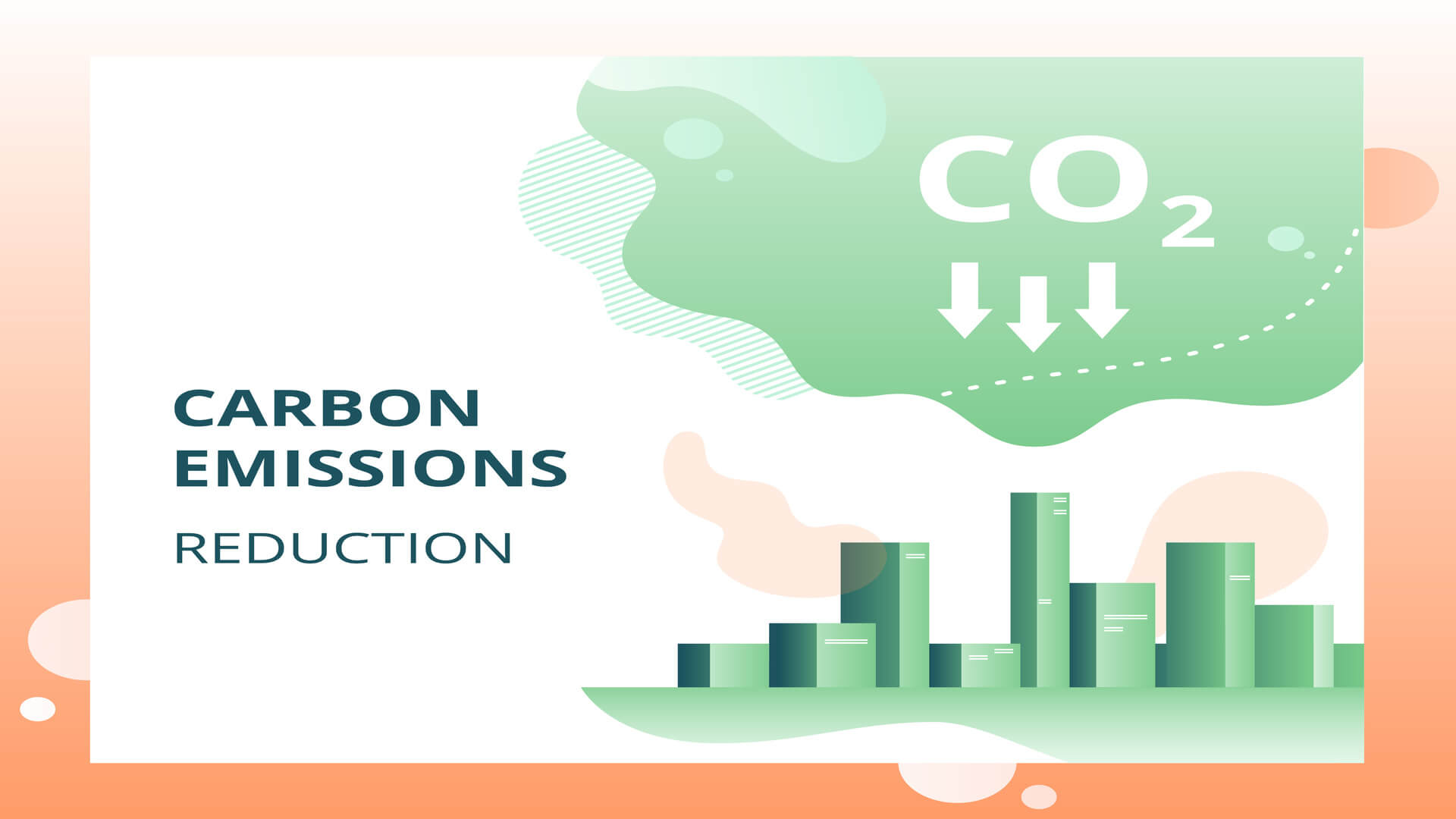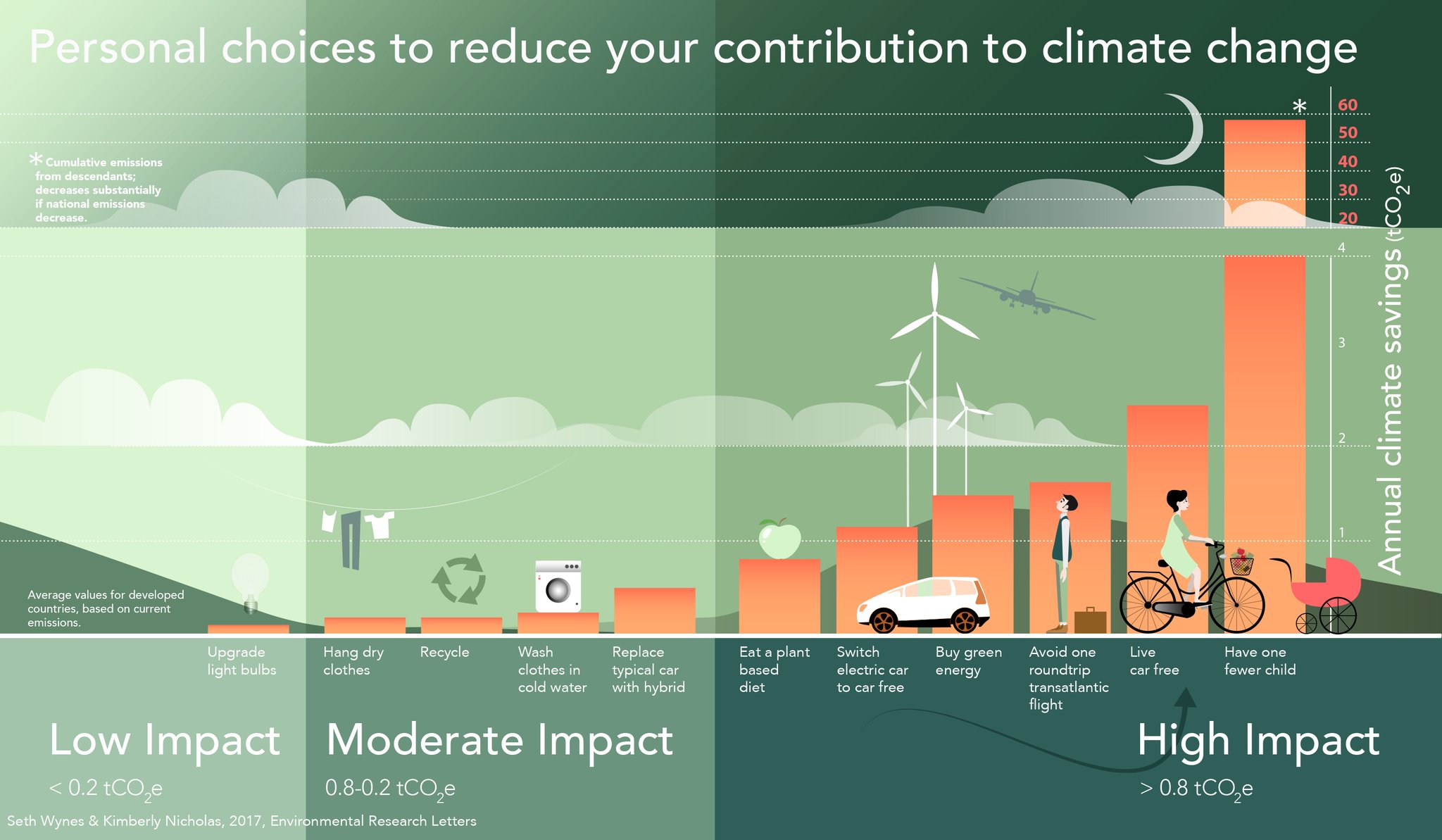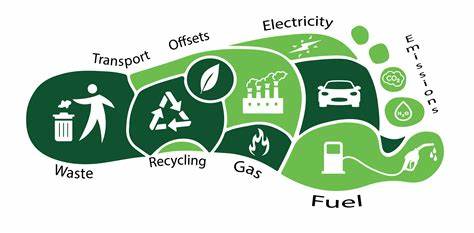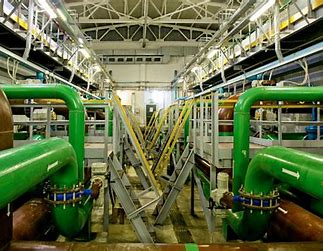
Reducing Carbon Footprint in Wastewater Treatment: Exploring Sustainable Solutions
Introduction:
In recent years, the topic of reducing carbon footprint in wastewater treatment has gained increasing importance. As the world grapples with the effects of climate change, finding ways to minimize our impact on the environment has become crucial. This article aims to delve into the significance of reducing carbon footprint in wastewater treatment, exploring its relevance, importance, and why it is worth further exploration.
Historical Background
Wastewater treatment has a rich history dating back to ancient civilizations, where basic methods were employed to remove impurities from water. However, the focus on reducing carbon footprint in wastewater treatment is a relatively recent development. In the past, efforts primarily centered around improving water quality. Today, with the growing recognition of the detrimental effects of greenhouse gas emissions, there is a need to shift towards more sustainable practices in wastewater treatment.
Key Concepts and Definitions
To grasp the importance of reducing carbon footprint in wastewater treatment, it is essential to define key concepts. Carbon footprint refers to the total amount of greenhouse gases emitted during the life cycle of a product, service, or process. In the context of wastewater treatment, it encompasses the energy consumption and greenhouse gas emissions associated with the treatment processes. Sustainability, another vital concept, involves meeting the needs of the present without compromising the ability of future generations to meet their own needs. Energy efficiency, greenhouse gas emissions, and renewable energy sources are other terms that require clarification within the context of wastewater treatment.

Main Discussion Points
Point: Implementing energy-efficient practices in wastewater treatment
Energy efficiency plays a crucial role in reducing the carbon footprint in wastewater treatment. By optimizing treatment processes, utilizing energy recovery systems, and improving infrastructure design, substantial energy savings can be achieved. This not only reduces greenhouse gas emissions but also contributes to cost savings for wastewater treatment plants.
Point: Incorporating renewable energy sources in wastewater treatment
The integration of renewable energy sources is a promising strategy for reducing the carbon footprint in wastewater treatment. Solar, wind, and biogas energy can be harnessed to power treatment processes, reducing reliance on fossil fuels. While there may be challenges associated with the fluctuating nature of renewable energy sources, successful examples of their integration in wastewater treatment plants provide inspiration and insight into their benefits.
Point: Promoting resource recovery and circular economy principles
Resource recovery is an innovative approach to wastewater treatment that aims to extract value from wastewater. By producing biogas or recovering nutrients, wastewater treatment plants can reduce their carbon footprint while contributing to a circular economy. This approach aligns with the principles of sustainability and can lead to significant environmental and economic benefits.

Case Studies or Examples
Real-world examples of wastewater treatment plants that have successfully reduced their carbon footprint can provide valuable insights. These case studies showcase various strategies and technologies implemented, highlighting the environmental and economic benefits achieved through their initiatives. By analyzing these examples, other wastewater treatment plants can learn from their successes and apply similar approaches.
Current Trends or Developments
The field of wastewater treatment is constantly evolving, with new research findings, emerging technologies, and innovative approaches. Recent research has shed light on effective ways to reduce the carbon footprint in wastewater treatment, while advancements in technology and policies continue to shape the industry. It is essential to stay updated on current trends and initiatives aimed at promoting sustainability in wastewater treatment.
Challenges or Controversies
Reducing carbon footprint in wastewater treatment is not without its challenges. Barriers such as high initial costs, limited funding, and regulatory constraints pose obstacles to implementing sustainable practices. Controversies and differing viewpoints regarding sustainability practices in wastewater treatment also exist. However, by exploring potential solutions and strategies, these challenges can be overcome, leading to more widespread adoption of sustainable approaches.

Future Outlook
Looking ahead, the future implications of reducing carbon footprint in wastewater treatment are significant. Advancements in technology, regulations, and policies will continue to shape the field, driving the adoption of more sustainable practices. Wastewater treatment has the potential to play a crucial role in achieving broader sustainability goals, and it is important to embrace this potential and strive for continuous improvement.
Conclusion
In conclusion, reducing carbon footprint in wastewater treatment is imperative in addressing the challenges posed by climate change. By implementing energy-efficient practices, incorporating renewable energy sources, promoting resource recovery, and embracing circular economy principles, wastewater treatment plants can significantly reduce their environmental impact. The importance of this topic cannot be overstated, and it is essential for stakeholders to take action and explore further sustainable solutions.




